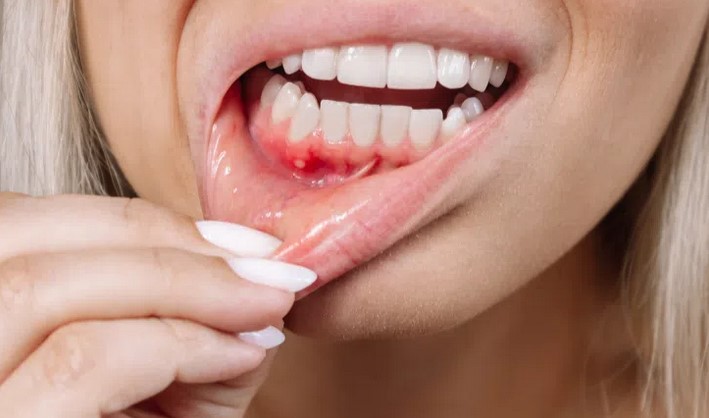
Receding gum line, also known as gingival recession, is a dental condition where the margin of the gum tissue surrounding the teeth wears away, exposing more of the tooth or its root. This can lead to damage of the supporting bone and result in tooth loss if left untreated. The causes of a receding gum line can range from poor dental hygiene, periodontal diseases, hormonal changes, to habits like aggressive tooth brushing. Prevention strategies include maintaining good oral hygiene, regular dental check-ups, a balanced diet, and avoiding harmful oral habits. This article will delve into the causes of receding gum line and the strategies to prevent it.
Understanding Receding Gum Line: Causes and Effective Prevention Strategies
Receding gum line, also known as gingival recession, is a common dental issue that affects many people worldwide. It is a condition where the margin of the gum tissue surrounding the teeth wears away or pulls back, exposing more of the tooth or the tooth’s root. This exposure can lead to a host of dental problems, including tooth sensitivity, tooth decay, and even tooth loss. Understanding the causes of a receding gum line and implementing effective prevention strategies can help maintain optimal oral health.
Several factors contribute to the development of a receding gum line. One of the primary causes is periodontal diseases, bacterial infections that destroy gum tissue and the supporting bone that holds your teeth in place. These diseases are the leading cause of gum recession and can result in severe damage to your oral health if left untreated.
Another significant cause is the natural aging process. As we age, our gums naturally recede, and this is often exacerbated by the cumulative effects of other contributing factors. Genetics also plays a role in gum recession. Some people may be genetically predisposed to gum disease, which can lead to gum recession.
In addition, aggressive tooth brushing can cause the gums to recede. While brushing your teeth is an essential part of oral hygiene, doing so too hard or using a hard-bristled toothbrush can wear away the enamel on your teeth and cause your gums to recede. Similarly, inadequate dental care, such as insufficient brushing and flossing, can lead to plaque build-up, which can eventually turn into tartar—a hard substance that can cause gum recession.
Furthermore, hormonal changes, particularly in women, can make gums more vulnerable and increase the likelihood of recession. Certain habits, such as tobacco use and teeth grinding, can also contribute to gum recession.
Understanding these causes is the first step towards preventing a receding gum line. One of the most effective prevention strategies is maintaining good oral hygiene. Regular and proper brushing and flossing can significantly reduce the risk of gum recession. It’s also crucial to use a soft-bristled toothbrush and avoid aggressive brushing.
Regular dental check-ups and cleanings are also essential in preventing gum recession. Dentists can detect early signs of gum disease, which can be treated before it leads to gum recession. They can also remove plaque and tartar build-up, which are common causes of gum recession.
Lifestyle changes can also help prevent a receding gum line. Quitting tobacco use and addressing harmful habits like teeth grinding can significantly reduce the risk of gum recession. For those who grind their teeth, dentists can recommend solutions like a mouth guard to protect the teeth and gums.
In conclusion, a receding gum line is a common dental issue with several causes, including periodontal diseases, aging, genetics, aggressive tooth brushing, inadequate dental care, hormonal changes, and certain habits. However, by understanding these causes and implementing effective prevention strategies such as maintaining good oral hygiene, regular dental check-ups, and making necessary lifestyle changes, it is possible to significantly reduce the risk of developing a receding gum line and maintain a healthy smile.Receding gum line is a dental condition that occurs when the gum tissues surrounding the teeth wear away or pull back, exposing more of the tooth or the tooth’s root. The primary causes include poor dental hygiene, aggressive tooth brushing, genetic predisposition, hormonal changes, tobacco use, grinding or clenching of teeth, and misaligned teeth. Prevention strategies involve maintaining good oral hygiene, using a soft-bristled toothbrush, regular dental check-ups, quitting tobacco, and managing misaligned teeth or grinding habits. In conclusion, while certain factors like genetics and hormonal changes may be beyond control, most causes of receding gum line can be prevented through proper dental care and lifestyle modifications.